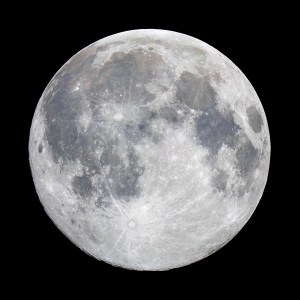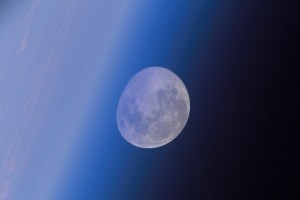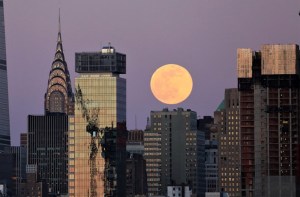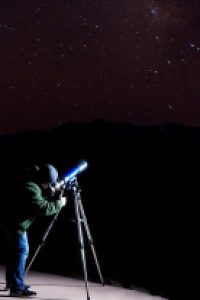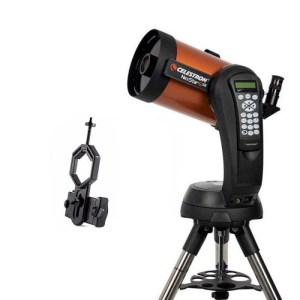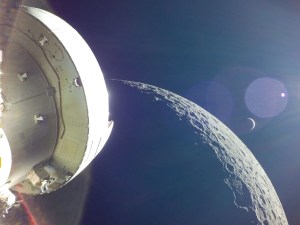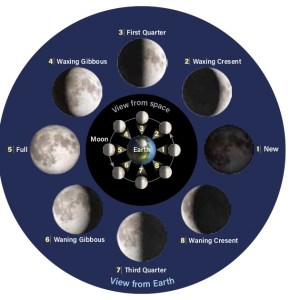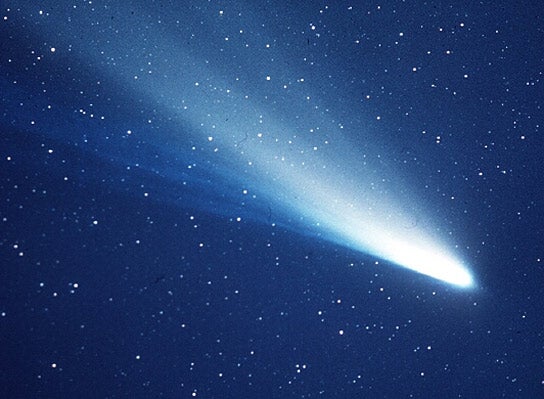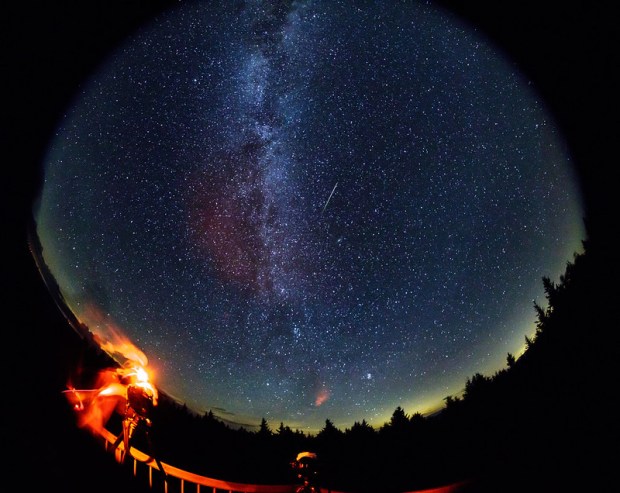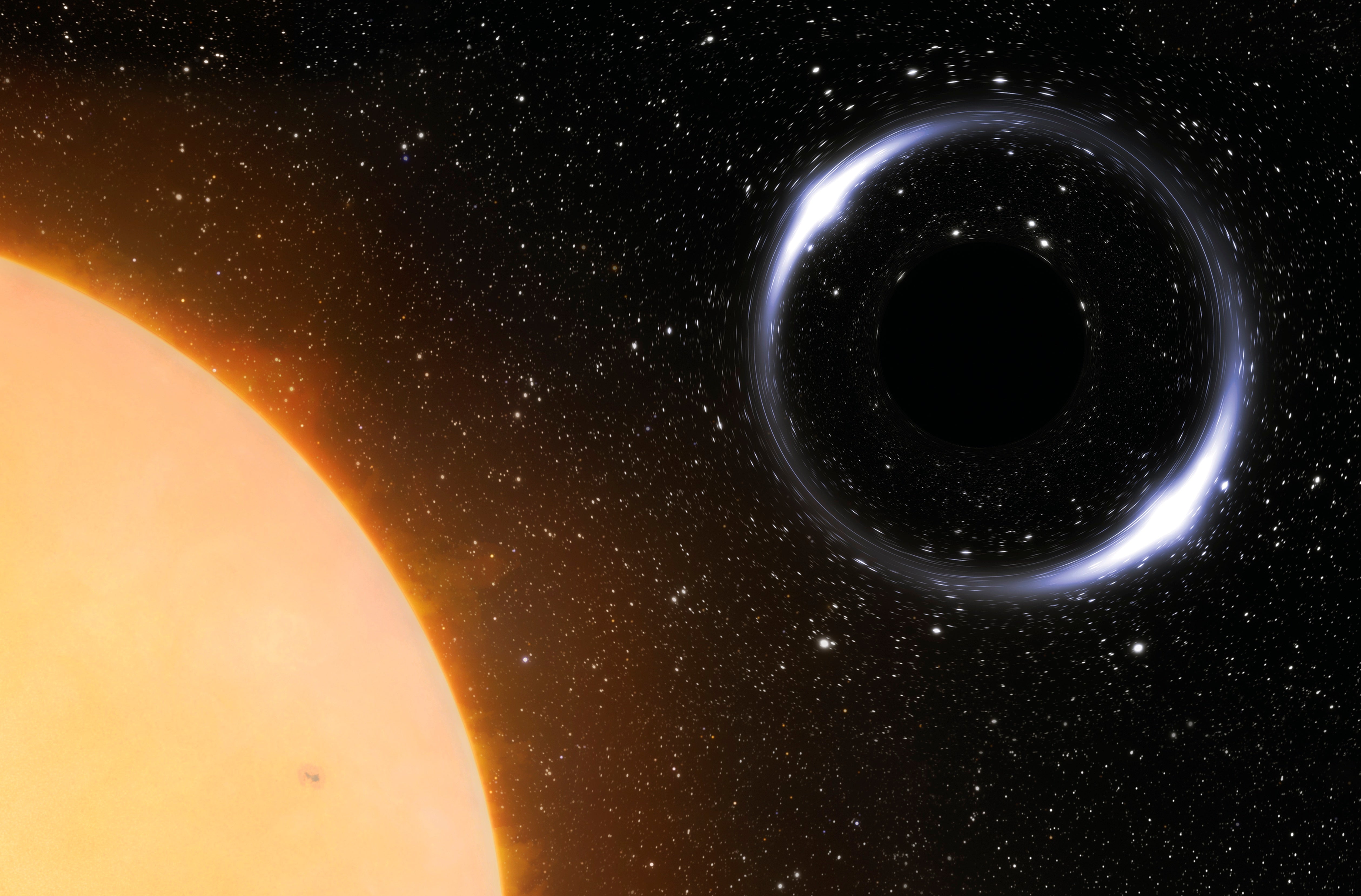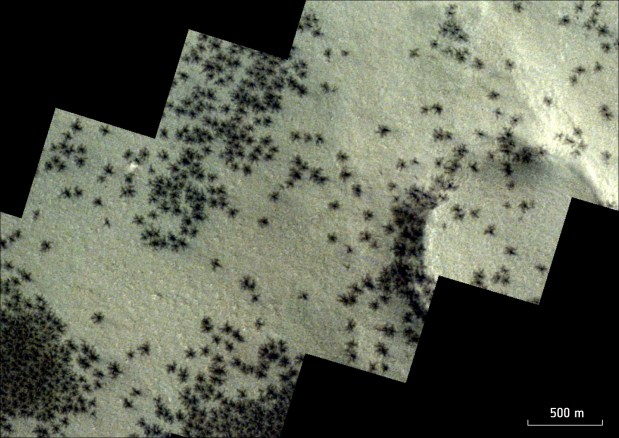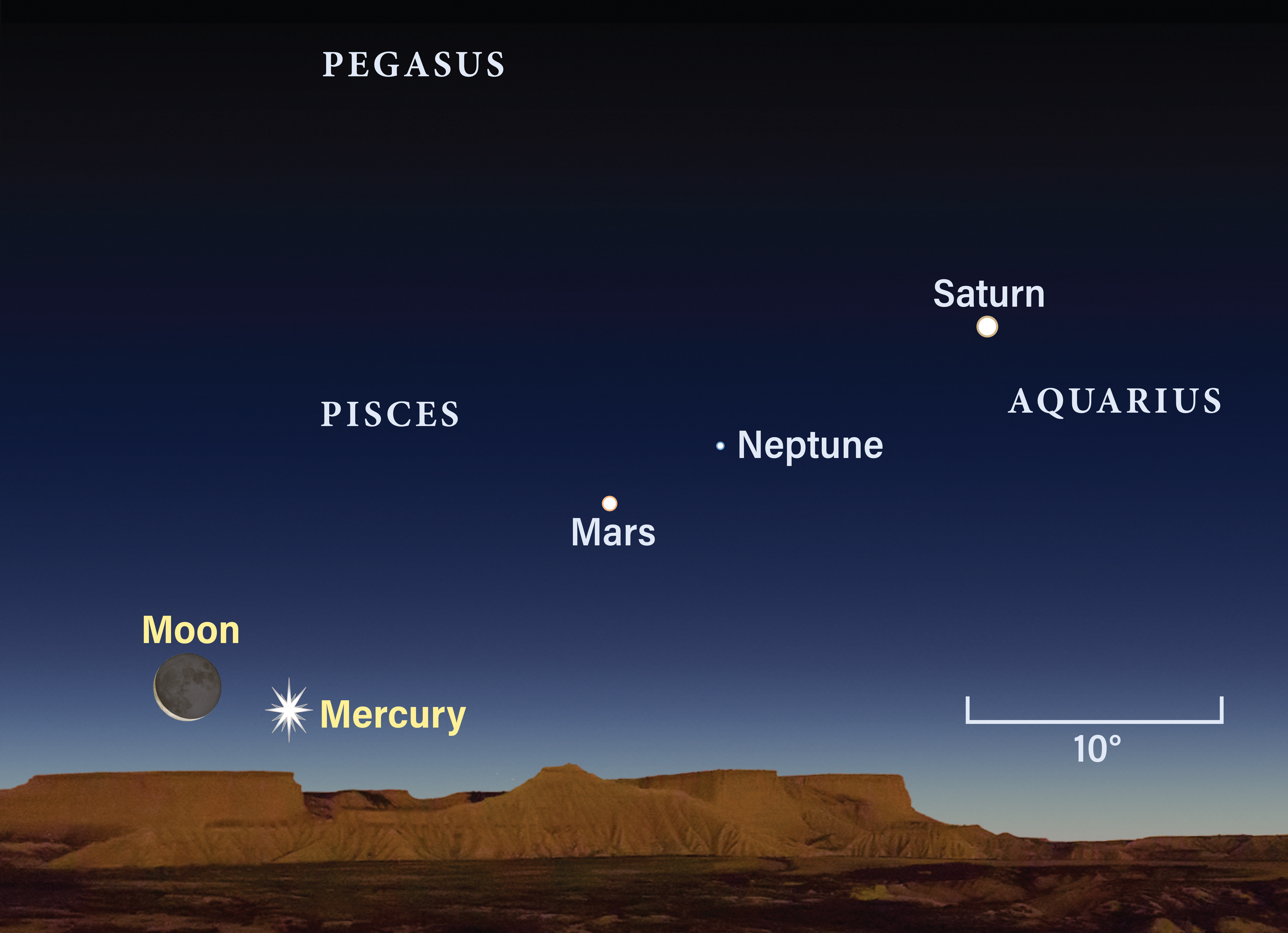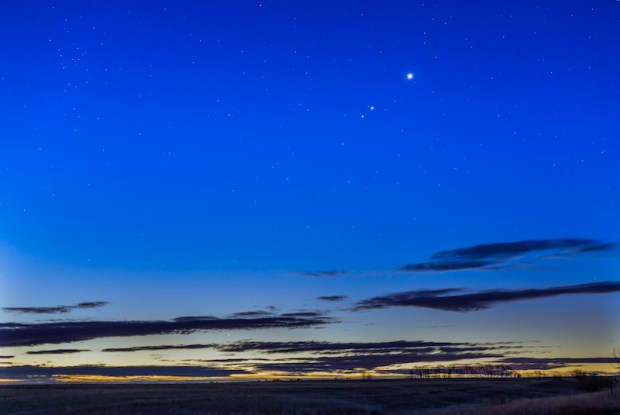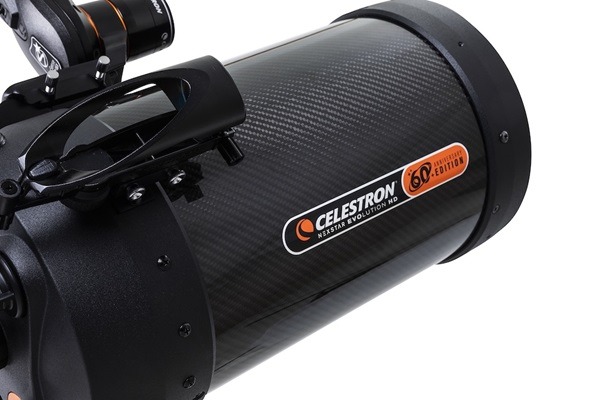
The phenomenon of a Full Moon arises when our planet, Earth, is precisely sandwiched between the Sun and the Moon. This alignment ensures the entire side of the Moon that faces us gleams under sunlight. And thanks to the Moon’s orbit around Earth, the angle of sunlight hitting the lunar surface and being reflected back to our planet changes, giving birth to varied lunar phases.
We’ll update this article multiple times each week with the latest moonrise, moonset, Full Moon schedule, and some of what you can see in the sky each week.
The Full Moon in April 2024 was at 7:49 p.m. ET on Tuesday, April 23, and is called the Pink Moon.
The Full Moon in May 2024 is the Flower Moon and that will happen at 9:53 a.m. on Thursday, May 23.
Here’s the complete list of Full Moons this year and their traditional names.
2024 Full Moon schedule and names of each
(all times Eastern)
- Jan. 25 — 12:54 p.m. — Wolf Moon 🐺
- Feb. 24 —7:30 a.m. — Snow Moon ❄️
- March 25 — 3 a.m. — Worm Moon 🪱
- April 23 — 7:49 p.m. — Pink Moon 🎀
- May 23 — 9:53 a.m. — Flower Moon 🌷
- June 21 — 9:08 p.m. — Strawberry Moon 🍓
- July 21 — 6:17 a.m. — Buck Moon 🦌
- Aug. 19 — 2:26 p.m. — Sturgeon Moon 🐟
- Sept. 17 — 10:34 p.m. — Corn Moon 🌽
- Oct. 17 — 7:26 a.m. — Hunter’s Moon 🏹
- Nov. 15 — 4:28 p.m. — Beaver Moon 🦫
- Dec. 15 — 4:02 a.m. — Cold Moon 🥶
The phases of the Moon in May 2024
The images below show the day-by-day phases of the Moon this month. The Full Moon in May is at 9:53 a.m. ET on Thursday, May 23, and is called the Flower Moon.
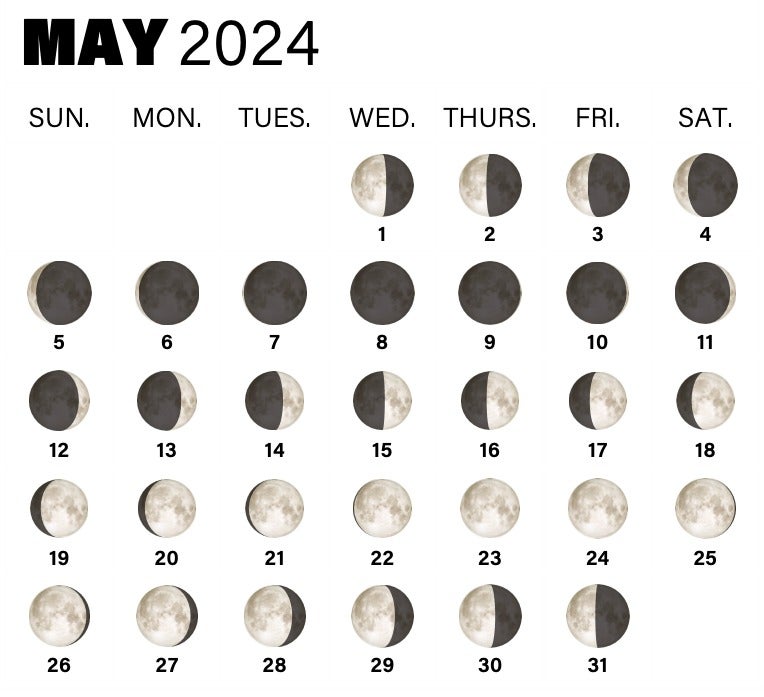
The moonrise and moonset schedule this week
The following is adapted from Alison Klesman’s The Sky This Week article, which you can find here.
*Times for sunrise, sunset, moonrise, and moonset are given in local time from 40° N 90° W. The Moon’s illumination is given at 12 P.M. local time from the same location.
Friday, May 3
The Moon passes 0.8° south of Saturn at 7 P.M. EDT. Because the pair appears in the early-morning sky, stay tuned to catch them tomorrow morning, along with several other planets.
Sunrise: 5:57 A.M.
Sunset: 7:57 P.M.
Moonrise: 3:37 A.M.
Moonset: 2:50 P.M.
Moon Phase: Waning crescent (26%)
Saturday, May 4
The Moon passes 0.3° south of Neptune at 3 P.M. EDT, then passes 0.2° north of Mars at 10 P.M. EDT. Let’s pick things up ahead of time, though, as the three worlds (and more) are currently congregating in the early-morning sky.
An hour before sunrise, the waning crescent Moon stands about 10° high in the east, to the lower right of the Circlet of Pisces. To the Moon’s upper right is Saturn, which Luna passed by last night and now sits some 7° to the ringed planet’s east. Saturn glows at magnitude 1, outshining many of the stars around it.
To the Moon’s lower left, another 9° east along the ecliptic (the line that the planets follow in the sky), is magnitude 1.1 Mars. See if the so-called Red Planet appears reddish to your eye, particularly compared to Saturn, which should look white or even yellow-tinged.
Next, pull out your binoculars or telescope and move back toward the Moon from Mars about 4° west. That should land you on magnitude 7.8 Neptune, the solar system’s faintest and most distant major planet. Spanning just 2″, the ice giant may look more like a “flat,” blue-gray star. You’ll want to catch it earlier in the morning before the sky grows too light with the oncoming sunrise.
You have a little more time to spend with Mars and Saturn. The former spans 5″, while the latter stretches some 16″, with stunning rings that roughly double that width. Saturn now sits just under 1° from the 4th-magnitude star Phi (ϕ) Aquarii, and just northeast of the three 4th- to 5th-magnitude stars Psi1, Psi2, and Psi3 Aqr.
Wait about half an hour and, with half an hour yet to go until sunrise, you may be able to spot magnitude 0.8 Mercury just 3° above the horizon. The thin crescent Moon will pass by the solar system’s smallest planet in two days, so we’ll be back to observe the pairing!
Sunrise: 5:56 A.M.
Sunset: 7:58 P.M.
Moonrise: 4:02 A.M.
Moonset: 4:05 P.M.
Moon Phase: Waning crescent (16%)
Sunday, May 5
The Eta Aquariid meteor shower reaches its peak today. With a waning crescent Moon rising not long before sunrise and shedding minimal light across the sky, conditions are excellent for catching some shooting stars on what’s hopefully a pleasant May morning.
Step outside an hour or two before sunrise and turn your gaze east. At that time, the shower’s radiant — the point from which shower meteors appear to originate on the sky — is some 15° to 25° high. It’s located in Aquarius, above and slightly to the right of the planet Saturn. (Take some time this morning to note how the Moon has moved along the morning line of planets, now standing to the lower left of Mars.)
Once you’ve found the radiant, cast your gaze some 40° to 60° to one side or the other of it. This will help you catch the brightest, longest streaks in the sky as the tiny dust particles left behind by Halley’s Comet burn up briefly in our atmosphere. The predicted maximum zenithal hourly rate for the Eta Aquariids this year is about 50 meteors per hour; since the radiant is still relatively low, however, you can expect about 12 or so meteors per hour. These may not be spread out over time, either, but come in flurries, so spend some time outside and cast your gaze around every so often, as meteors can appear anywhere in the sky.
The Moon reaches perigee, the closest point to Earth in its orbit, at 6:04 P.M. EDT. Our satellite will then sit 225,659 miles (363,163 kilometers) away.
Sunrise: 5:55 A.M.
Sunset: 7:59 P.M.
Moonrise: 4:27 A.M.
Moonset: 5:21 P.M.
Moon Phase: Waning crescent (8%)
Monday, May 6
Moving steadily along the morning line of planets, the delicate crescent Moon passes 4° north of Mercury at 4 A.M. EDT. You can catch the pair about 30 minutes before sunrise in the east, when they stand some 4° high.
The Moon is a tiny sliver, with just 4 percent of its nearside lit. However, you may notice that you can still make out the rest of Luna’s face, albeit in dimmer, grayer light. This is called earthshine, and is reflected sunlight bouncing off Earth and lighting up the portion of the Moon already in our planet’s shadow.
Mercury now sits to the Moon’s lower right and shines at magnitude 0.7. Through binoculars or any telescope, the tiny world spans 9″ and appears some 36 percent lit. Far to its upper right lie Mars and then Saturn, both visible to the naked eye, while Neptune also remains in place, though the latter requires those binoculars or a telescope to see and will be difficult in the growing twilight. Venus is currently rising shortly before the Sun and is approaching superior conjunction early next month, rendering it invisible — though it’s still strung along the same line of planets, even if we can’t enjoy it.
Sunrise: 5:54 A.M.
Sunset: 8:00 P.M.
Moonrise: 4:53 A.M.
Moonset: 6:37 P.M.
Moon Phase: Waning crescent (3%)
Tuesday, May 7
New Moon occurs at 11:22 P.M. EDT, leaving the entire night and morning dark for observing. It’s also the perfect time for Northern Hemisphere residents to try to catch a glimpse of the zodiacal light after sunset, sometimes called the false dusk.
Head outside shortly after sunset as the sky is growing dark. You’ll want to pick a viewing location where the western horizon is dark and clear of city light domes. The darker your sky, the better the zodiacal light’s faint glow will stand out. As darkness falls, look for a white, cone-shaped glow extending above the horizon, reaching up through Taurus and into Gemini. This light is generated by sunlight glinting off myriad tiny dust particles in the inner solar system, all left behind by the passage of comets. While coherent streams of these particles are what cause meteor showers like the Eta Aquariids, over time much of this dust settles along the ecliptic — the plane of the solar system — and causes the zodiacal light.
Early May is one of the last best chances to catch the spring apparition of this phenomenon; in the autumn, the zodiacal light will appear in the pre-dawn eastern sky instead and is sometimes called the false dawn.
Sunrise: 5:52 A.M.
Sunset: 8:01 P.M.
Moonrise: 5:21 A.M.
Moonset: 7:56 P.M.
Moon Phase: New
Wednesday, May 8
Mars reaches perihelion — the closest point to the Sun in its orbit — at 7 A.M. EDT. At that time, the Red Planet will sit 128.4 million miles (206.6 million km) from our star.
Sunrise: 5:51 A.M.
Sunset: 8:02 P.M.
Moonrise: 5:54 A.M.
Moonset: 9:13 P.M.
Moon Phase: Waxing crescent (1%)
Thursday, May 9
Sunrise: 5:50 A.M.
Sunset: 8:03 P.M.
Moonrise: 6:34 A.M.
Moonset: 10:27 P.M.
Moon Phase: Waxing crescent (3%)
Friday, May 10
Sunrise: 5:49 A.M.
Sunset: 8:04 P.M.
Moonrise: 7:22 A.M.
Moonset: 11:33 P.M.
Moon Phase: Waxing crescent (9%)
The phases of the Moon
The phases of the Moon are: New Moon, waxing crescent, First Quarter, waxing gibbous, Full Moon, waning gibbous, Last Quarter, and waning crescent. A cycle starting from one Full Moon to its next counterpart, termed the synodic month or lunar month, lasts about 29.5 days.
Though a Full Moon only occurs during the exact moment when Earth, Moon, and Sun form a perfect alignment, to our eyes, the Moon seems Full for around three days.
Different names for different types of Full Moon
There are a wide variety of specialized names used to identify distinct types or timings of Full Moons. These names primarily trace back to a blend of cultural, agricultural, and natural observations about the Moon, aimed at allowing humans to not only predict seasonal changes, but also track the passage of time.
For instance, almost every month’s Full Moon boasts a name sourced from Native American, Colonial American, or other North American traditions, with their titles mirroring seasonal shifts and nature’s events.
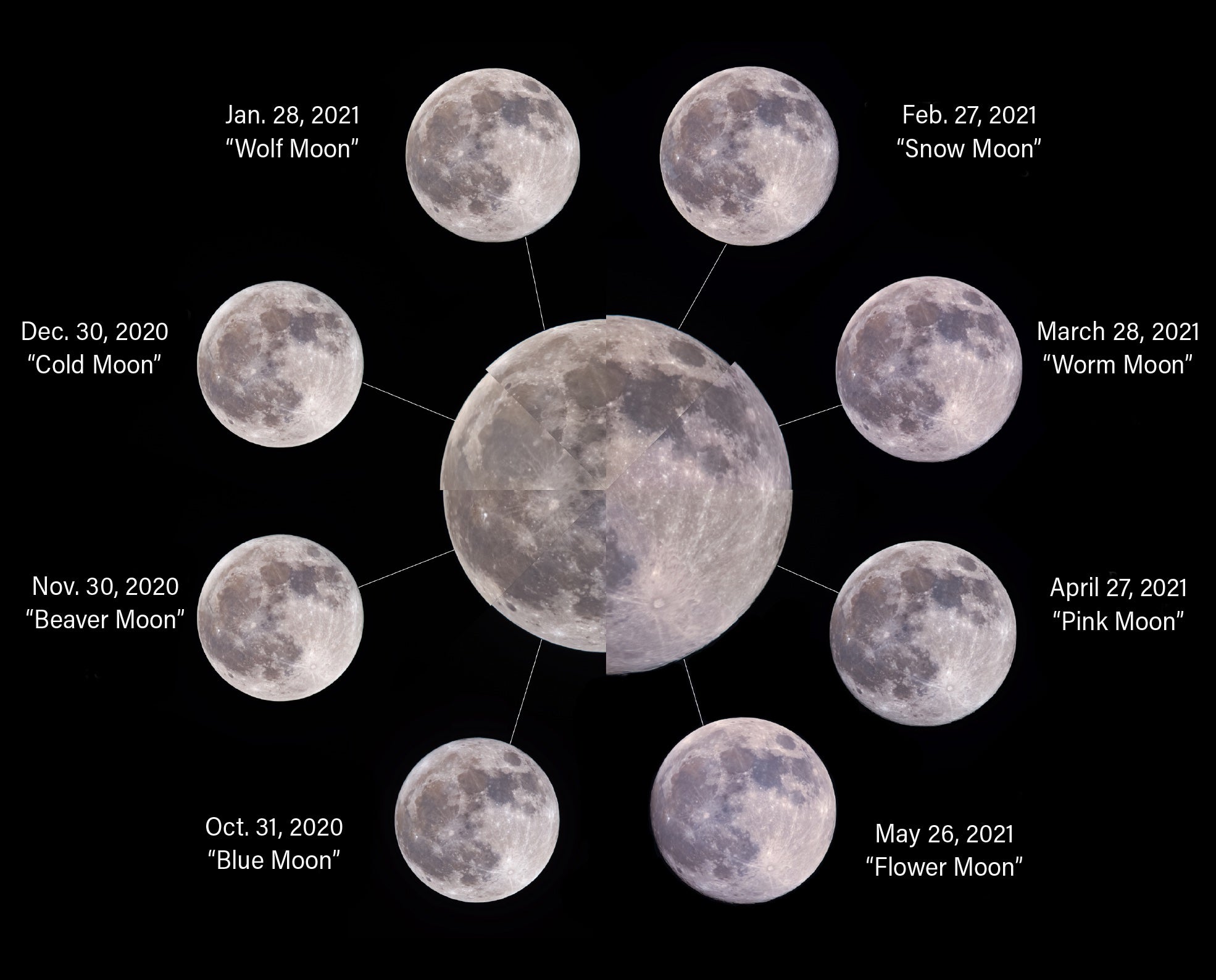
Wolf Moon (January): Inspired by the cries of hungry wolves.
Snow Moon (February): A nod to the month’s often heavy snowfall.
Worm Moon (March): Named after the earthworms that signal thawing grounds.
Pink Moon (April): In honor of the blossoming pink wildflowers.
Flower Moon (May): Celebrating the bloom of flowers.
Strawberry Moon (June): Marks the prime strawberry harvest season.
Buck Moon (July): Recognizing the new antlers on bucks.
Sturgeon Moon (August): Named after the abundant sturgeon fish.
Corn Moon (September): Signifying the corn harvesting period.
Hunter’s Moon (October): Commemorating the hunting season preceding winter.
Beaver Moon (November): Reflects the time when beavers are busy building their winter dams.
Cold Moon (December): Evocative of winter’s chill.
In addition, there are a few additional names for Full Moons that commonly make their way into public conversations and news.
Super Moon: This term is reserved for a Full Moon that aligns with the lunar perigee, which is the Moon’s nearest point to Earth in its orbit. This proximity renders the Full Moon unusually large and luminous. For a Full Moon to earn the Super Moon tag, it should be within approximately 90 percent of its closest distance to Earth.
Blue Moon: A Blue Moon is the second Full Moon in a month that experiences two Full Moons. This phenomenon graces our skies roughly every 2.7 years. Though the term suggests a color, Blue Moons aren’t truly blue. Very occasionally, atmospheric conditions such as recent volcanic eruptions might lend the Moon a slightly blueish tint, but this hue isn’t tied to the term.
Harvest Moon: Occurring closest to the autumnal equinox, typically in September, the Harvest Moon is often renowned for a distinct orange tint it might display. This Full Moon rises close to sunset and sets near sunrise, providing extended hours of bright moonlight. Historically, this was invaluable to farmers gathering their produce.
Common questions about Full Moons
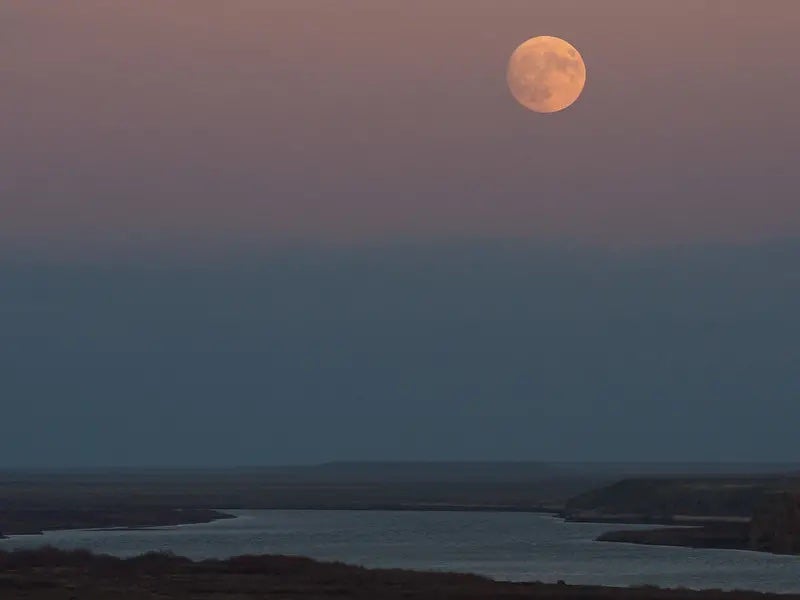
What is the difference between a Full Moon and a New Moon? A Full Moon is witnessed when Earth lies between the Sun and the Moon, making the entire Moon’s face visible. Conversely, during a New Moon, the Moon lies between Earth and the Sun, shrouding its Earth-facing side in darkness.
How does the Full Moon influence tides? The Moon’s gravitational tug causes Earth’s waters to bulge, birthing tides. During both Full and New Moons, the Sun, Earth, and Moon are in alignment, generating “spring tides.” These tides can swing exceptionally high or low due to the combined gravitational influences of the Sun and Moon.
Do Full Moons have an impact on human behavior? While numerous tales suggest Full Moons stir human behavior, causing increased restlessness or even lunacy, rigorous scientific analyses have largely debunked these tales.
Full Moons, in their myriad forms, stand testament to humanity’s enduring captivation with the cosmos. They evoke not just our celestial connection but also tether us to Earth’s rhythms. Whether you’re an avid stargazer or an occasional night sky admirer, Full Moons invariably call for our attention, inviting both introspection and marvel.
Here are the dates for all the lunar phases in 2024:
| New | First Quarter | Full | Last Quarter |
|---|---|---|---|
| Jan. 3 | |||
| Jan. 11 | Jan. 17 | Jan. 25 | Feb. 2 |
| Feb. 9 | Feb. 16 | Feb. 24 | March 3 |
| March 10 | March 17 | March 25 | April 1 |
| April 8 | April 15 | April 23 | May 1 |
| May 7 | May 15 | May 23 | May 30 |
| June 6 | June 14 | June 21 | June 28 |
| July 5 | July 13 | July 21 | July 27 |
| Aug. 4 | Aug. 12 | Aug. 19 | Aug 26 |
| Sept. 2 | Sept. 11 | Sept. 17 | Sept. 24 |
| Oct. 2 | Oct. 10 | Oct. 17 | Oct. 24 |
| Nov. 1 | Nov. 9 | Nov. 15 | Nov. 22 |
| Dec. 1 | Dec. 8 | Dec. 15 | Dec. 22 |
| Dec. 30 |

